We read in news stories about co-stewardship (I think everyone at Interior and USDA is working on this) and co-management.
Co-stewardship is explained in this Joint Secretarial Order. It seems to be about sharing information and knowledge and working on stuff together.
The definition of co-management seems hard to get at, possibly because different reporters use the term differently. This seems relatively clear from this High Country News piece:
The distinction between co-management and co-stewardship — terms the federal government uses for agreements to collaborate on land management with tribal nations — is subtle but important. “Co-stewardship” covers a broad range of collaborative activities like forest-thinning work in Alaska’s Tongass National Forest in partnership with the Hoonah Indian Association, where Indigenous knowledge can be included in federal management. But “co-management” is more narrowly defined. In those instances, tribal and federal governments share the power of legal authority in decision-making of a place or a species. This is the case with Kasha-Katuwe Tent Rocks National Monument in New Mexico, which is co-managed by the Pueblo de Cochiti and the Bureau of Land Management, and with the salmon fisheries in the Pacific Northwest.
In this story, also in HCN, they talk about Bears’ Ears and the new Arizona Monument as being co-managed:
The designation creates a commission for tribal nations with ancestral ties to the area — in this case 13 distinct tribal nations — to manage the lands within the monument alongside the federal government, similar to the commission established for Bears Ears.
As we previously discussed on TSW, though, establishing an advisory commission does not necessarily lead to sharing decision-making authority with the group. The Black Hills National Forest, for example, has a FACA committee but the committee does not “co-manage.” The current Admin always holds all the legal cards in any decision and in any litigation, to defend or not or settle.
There is a fascinating legal paper by Monte Mills worth taking a look at if you are interested. The below is from pages 145 and 146.
As for delegation of authority, Obama’s Proclamation differs from the proposal submitted to the him by the Bears Ears Inter-Tribal Coalition.
The Coalition carefully dissected the issue of what constitutes a lawful delegation of authority to tribes and premised its proposal on the basis that a delegation of authority is permissible insofar as it is not total, and remains subject to the final decision-making authority of the Secretaries of Agriculture and Interior.417 Instead of delegating complete authority, “the Tribes and agency officials will be working together as equals to make joint decisions.”418
Though a modification of the Coalition’s proposal, Obama’s Proclamation establishes a substantive framework for collaborative
management of the Monument:
The Secretaries shall meaningfully engage the Commission or, should the Commission no longer exist, the tribal governments through some other entity composed of elected tribal government officers (comparable entity), in the development of the management plan and to inform subsequent management of the monument. To that end, in developing or revising the management plan, the Secretaries shall carefully and fully consider integrating the traditional and historical knowledge and special expertise of the Commission or comparable entity. If the Secretaries decide not to incorporate specific recommendations submitted to them in writing by the Commission or comparable entity, they will provide the Commission or comparable entity with a written explanation of their reasoning.419
This sounds a bit like a “response to comments”, but OK. Bottom line- does co-management mean that feds and Tribes are peers in decision-making- any decision needs to be agreed upon by both parties? Or are Tribes “the most important stakeholders to listen to.” I’m sure these would be functions of specific legal authorities. Either way, is there a reason not to co-manage everything if the legal aspects could be worked out?
Finally, from the second HCN article:
While many see co-management as a step toward land return, environmental historian and ethnobotanist Rosalyn LaPier, who is an enrolled member of the Blackfeet Tribe, and Métis, has pushed back against that idea. In an interview with High Country News last week, LaPier said that the federal government should be ready to return public land to tribes who want it now, without requiring co-management as a first step. “The federal government doesn’t want to let go of their say over public lands and allow Indigenous people to take leadership. And we’re fully prepared to take leadership,” LaPier said. Pointing to intensifying wildfires in the Western U.S., which are due in part to a century of fire suppression, she added, “Why would Native nations want to co-manage with the United States, when the United States government has shown over and over again how they mismanaged public lands?”
I wonder if there’s a list of the Tribes who want land return ASAP.
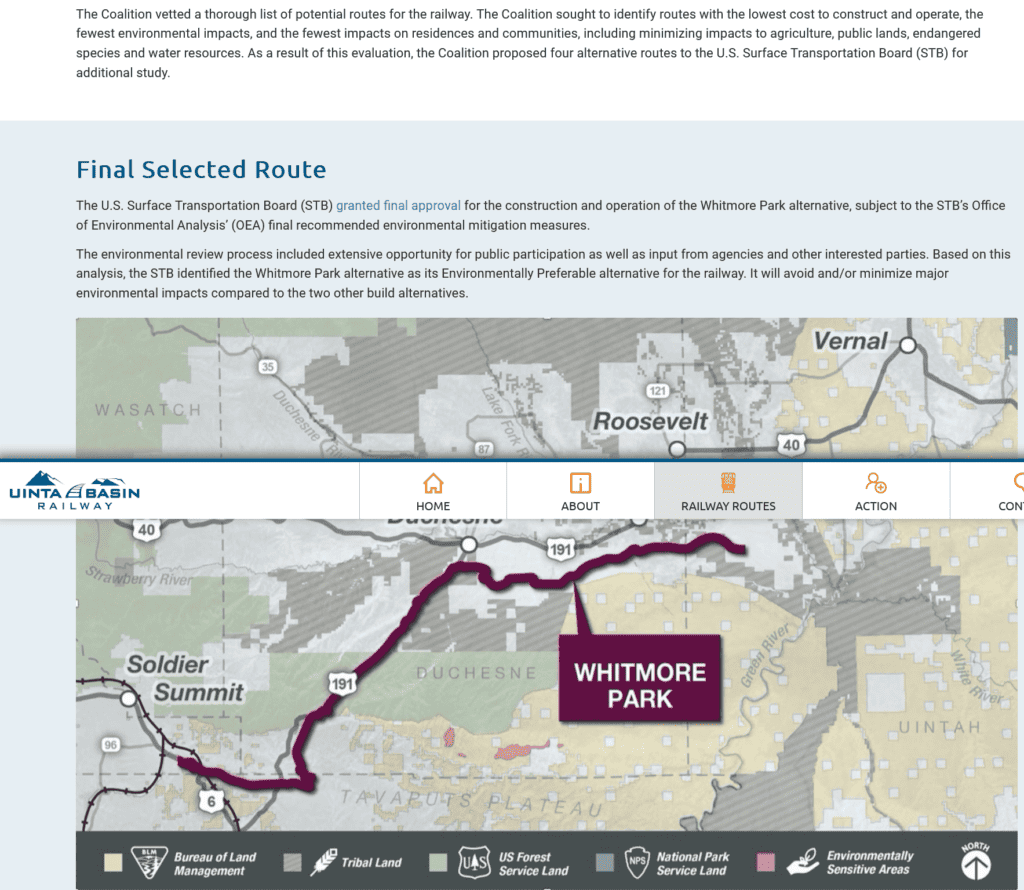
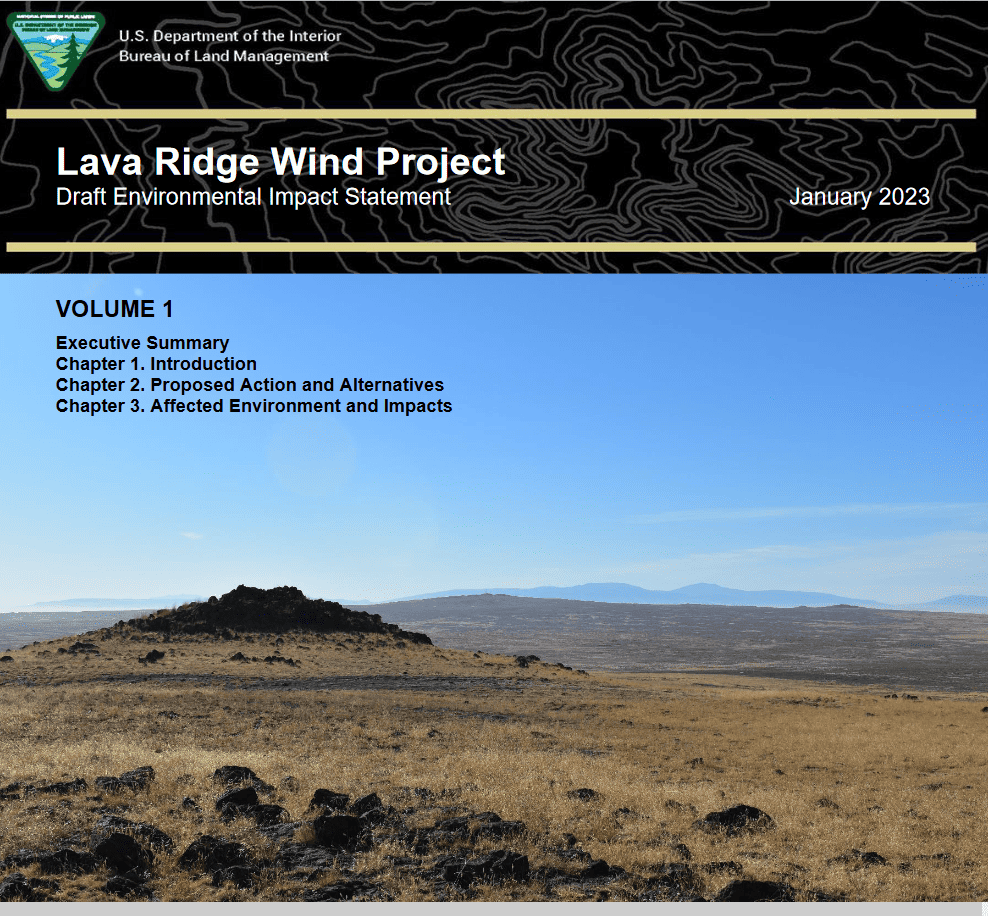
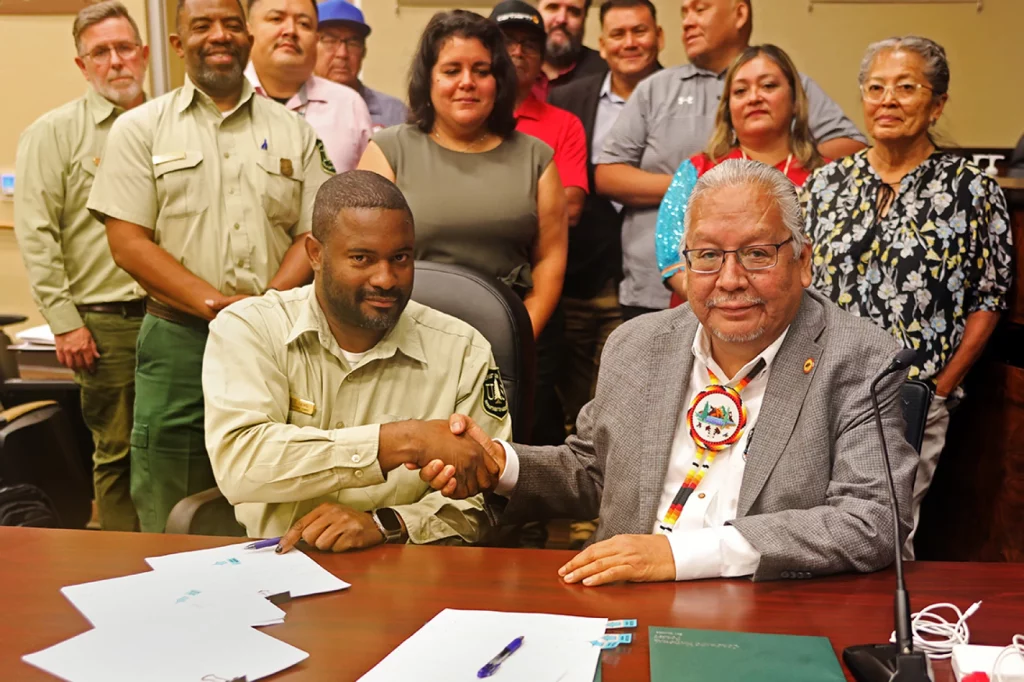
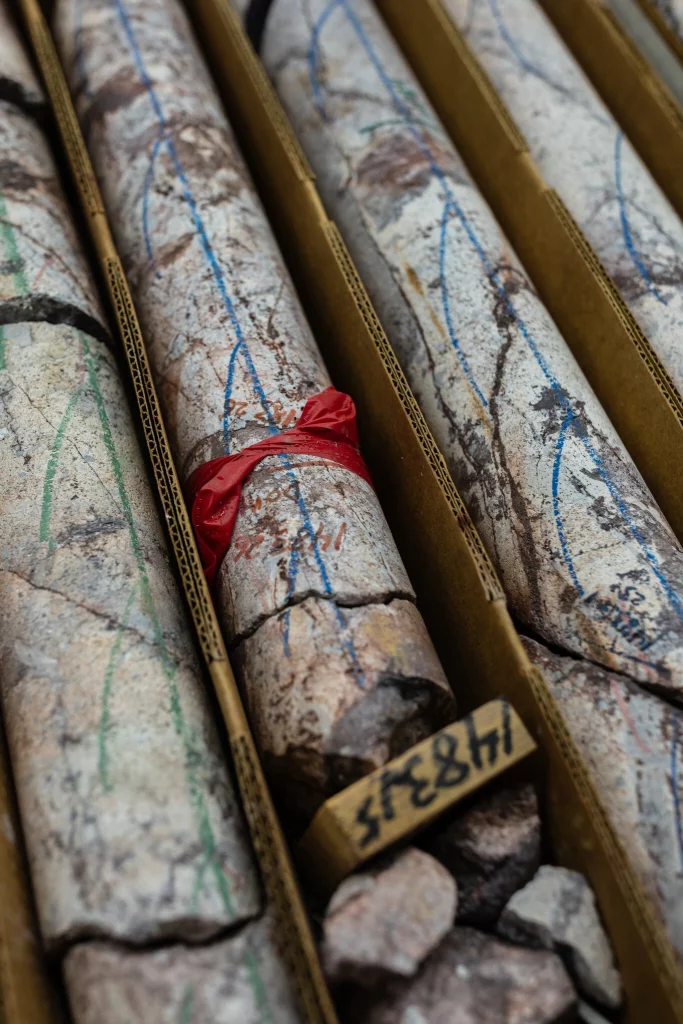

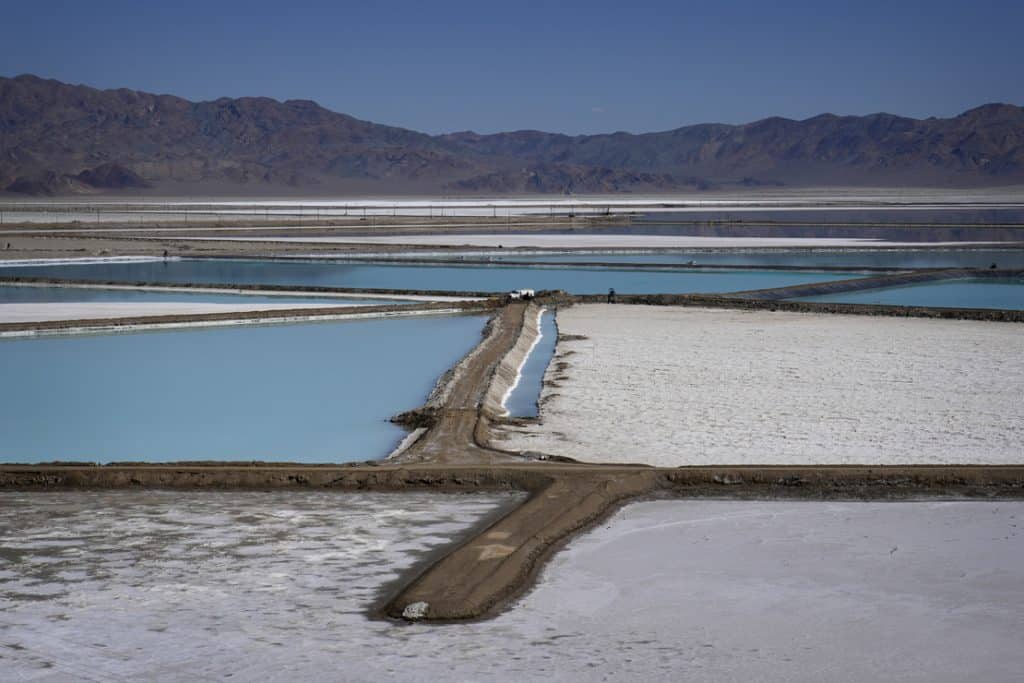
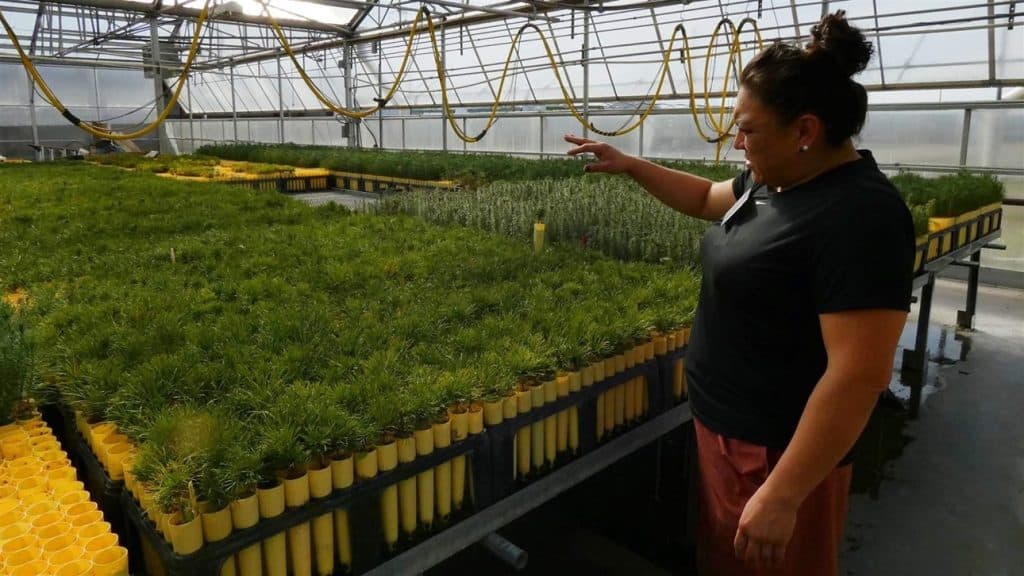
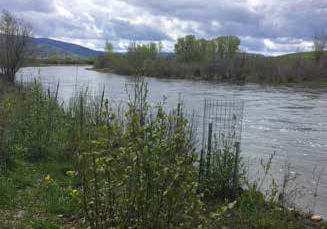 The seedling program allows farmers, ranchers, other landowners and land managers to obtain trees at a nominal cost to help achieve conservation goals, including:
The seedling program allows farmers, ranchers, other landowners and land managers to obtain trees at a nominal cost to help achieve conservation goals, including: